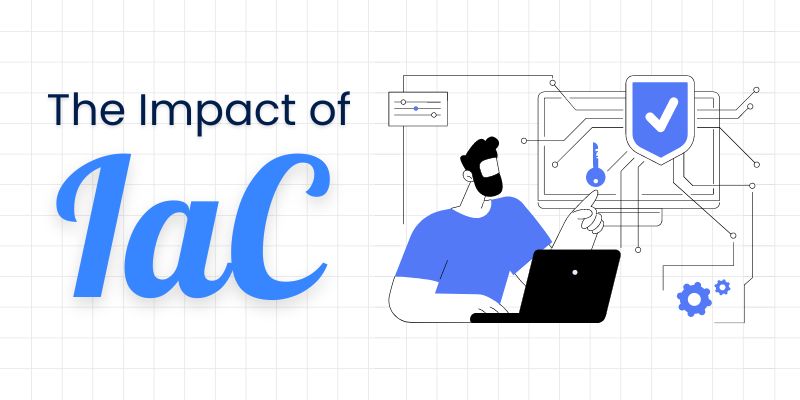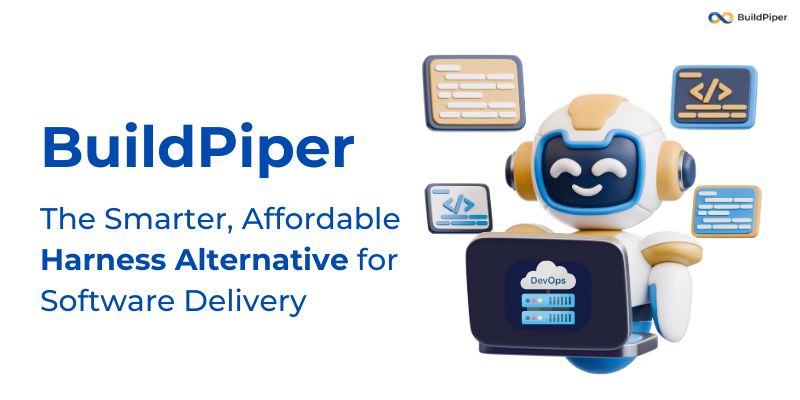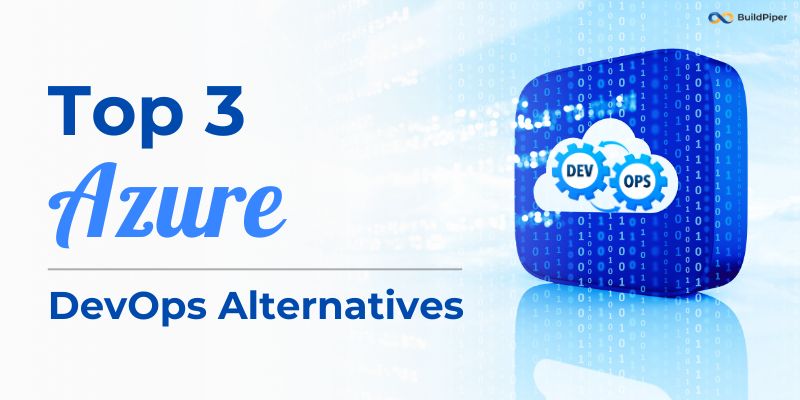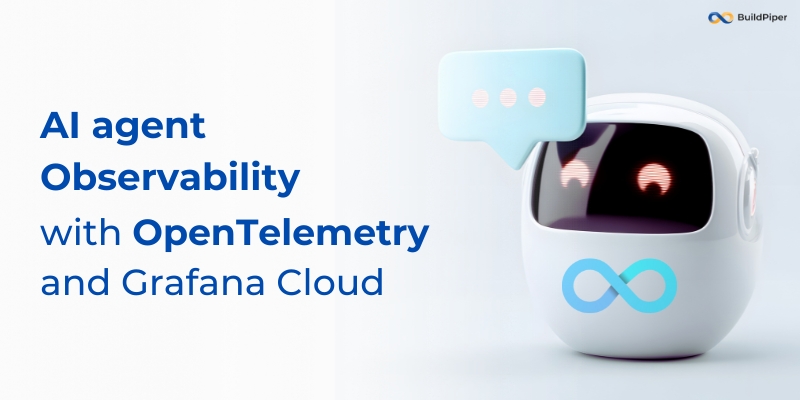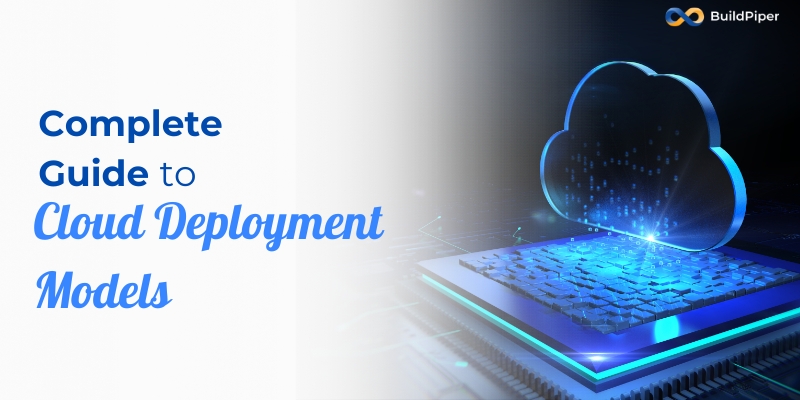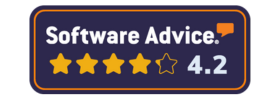The emergence of Infrastructure as Code (IaC) in software development is a revolutionary paradigm that has transformed the management and deployment of the infrastructure. In order to gain more agility, scalability and efficiency within their operations, organizations are now focusing on IaC as a fundamental approach towards achieving such goals.
In this blog, we’ll cover essential ideas regarding IaC, emphasizing major IAC tools and practices being utilized and how teams can implement them well. Furthermore, we’ll be discussing the benefits of IaC, which include the aspects of consistency, reliability and scalability.
What is Infrastructure as Code (IaC)?
Infrastructure as Code (IaC) is an IT practice that involves managing and provisioning computing infrastructure using scripts, instead of using physical hardware configuration or interactive tool configuration. Implementing IaC is considered a useful tool to automate and streamline the setting up and managing infrastructure, increasing scalability and reducing failures.
However, in traditional approaches in which system administrators undertake manual configurations, the process becomes time-consuming, error-prone and recurring. Moreover, the consistency of the tasks is another key challenge. Infrastructure as code is about creating, modifying and maintaining the entire infrastructure using a code language, typically it is declarative. IAC supports the cloud computing process and thereby acts as a tool that helps to manage and provision the cloud resources.
Best Practices for implementing IAC
Here are some common practices for implementing IAC. Enterprises can leverage AWS consulting services to resolve issues related to AWS infrastructure.
- Select the right IAC Tool
Choose the relevant IAC tools that best align with the infrastructure and team’s needs based on utility and cost-benefit analysis. Some of the popular choices include Terraform, Ansible, Chef, Puppet and AWS CloudFormation. - Version Control: Store your IAC scripts in a Version Control System such as Git. It also helps track code commits and latest changes, roll back to the previous versions and collaborate successfully.
- Environment-Specific Configuration: Maintain environment-specific configurations separately. Use variables or parameter files to set specific parameters for different environments (development, staging, segregation).
- Testing: Implement different testing practices for IAC code. This includes unit testing, integration testing and testing in a staging environment, before applying changes to production.
- Continuous Integration/Continuous Deployment (CI/CD): Integrate IAC into the Continuous Integration/Continuous Delivery – pipelines. Automate the tests and code deployments to your infrastructure whenever new versions are pushed to the control system.
- Security Best Practices: Maintain security best practices for the IAC code. Avoid hardcoding sensitive information, use encryption where necessary, and regularly audit your scripts for potential vulnerabilities.
- Monitoring and Logging: Monitoring and logging should be integrated into IAC instead of ad-hoc addition. This enables teams to identify problems, keep records of all changes and quickly resolve all the issues that a website may experience.
Implementing IAC requires a combination of technical expertise, collaboration and adherence to best practices for maximizing benefits. Integrating IAC practices in Continuous Integration/Continuous Delivery pipelines helps in enhancing pipeline delivery and efficiency.
Key IAC Tools
In the text below, you’ll come across some of the prominent platforms for implementing Infrastructure as Code, which include,
- Terraform: A widely used open-source tool which makes the process of building, changing and infrastructure versioning, effective and easier.
- AWS CloudFormation: It’s an AWS (service) for defining and deploying AWS infrastructure as code. AWS Consulting Services providers such as OpsTree can help businesses leverage this service.
- Azure Resource Manager (ARM) Templates: This is a solution offered by Microsoft Azure for defining and deploying Azure infrastructure as code.
- Ansible: An open-source automation tool mainly used for defining infrastructure as code, managing configuration setup and automating application deployments.
Moreover, cloud computing platforms such as AWS, Google Cloud and Azure provide either IAC tools or services to assist in the automation of deploying resources. Using Infrastructure as Code methods makes the infrastructure management more agile, efficient and reliable.

